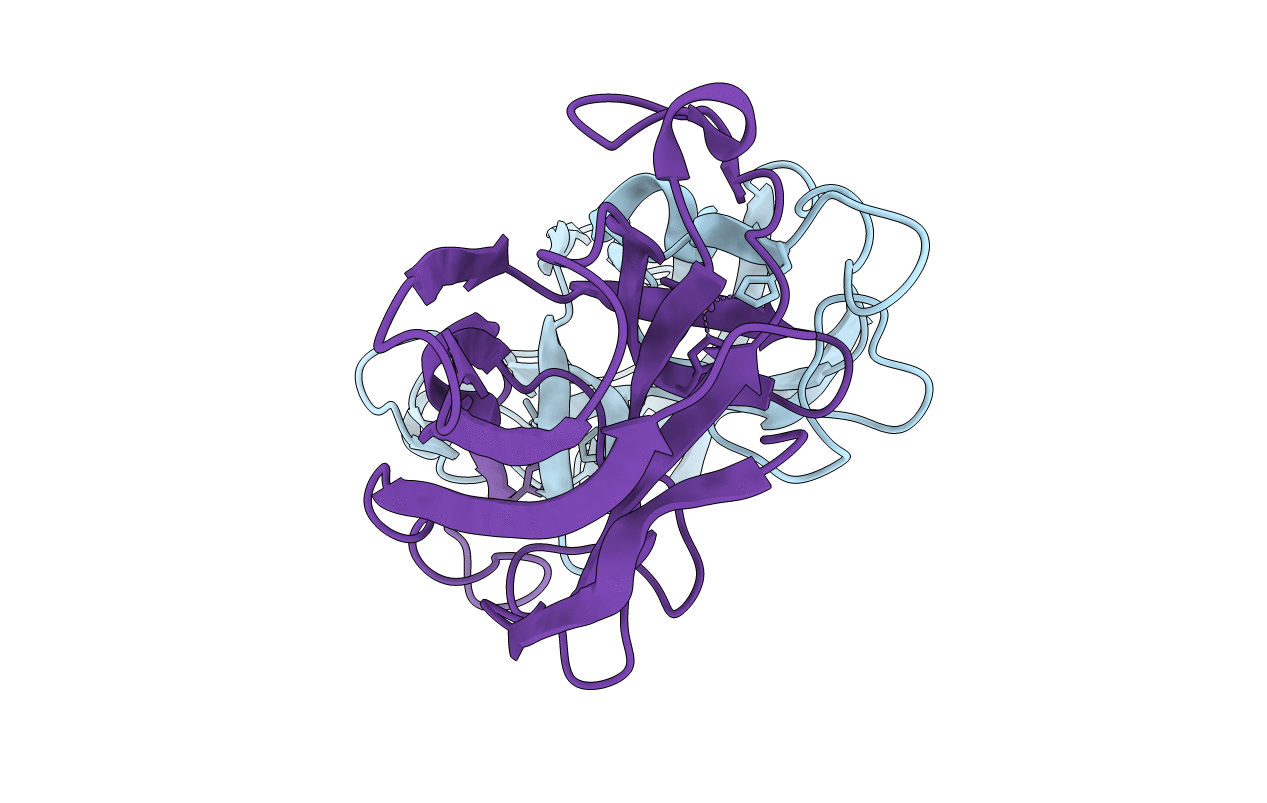
Deposition Date
2010-06-30
Release Date
2011-05-18
Last Version Date
2023-12-27
Entry Detail
PDB ID:
3NRQ
Keywords:
Title:
Crystal structure of copper-reconstituted FetP from uropathogenic Escherichia coli strain F11
Biological Source:
Source Organism:
Escherichia coli (Taxon ID: 340197)
Host Organism:
Method Details:
Experimental Method:
Resolution:
1.70 Å
R-Value Free:
0.23
R-Value Work:
0.19
R-Value Observed:
0.19
Space Group:
P 21 21 21


